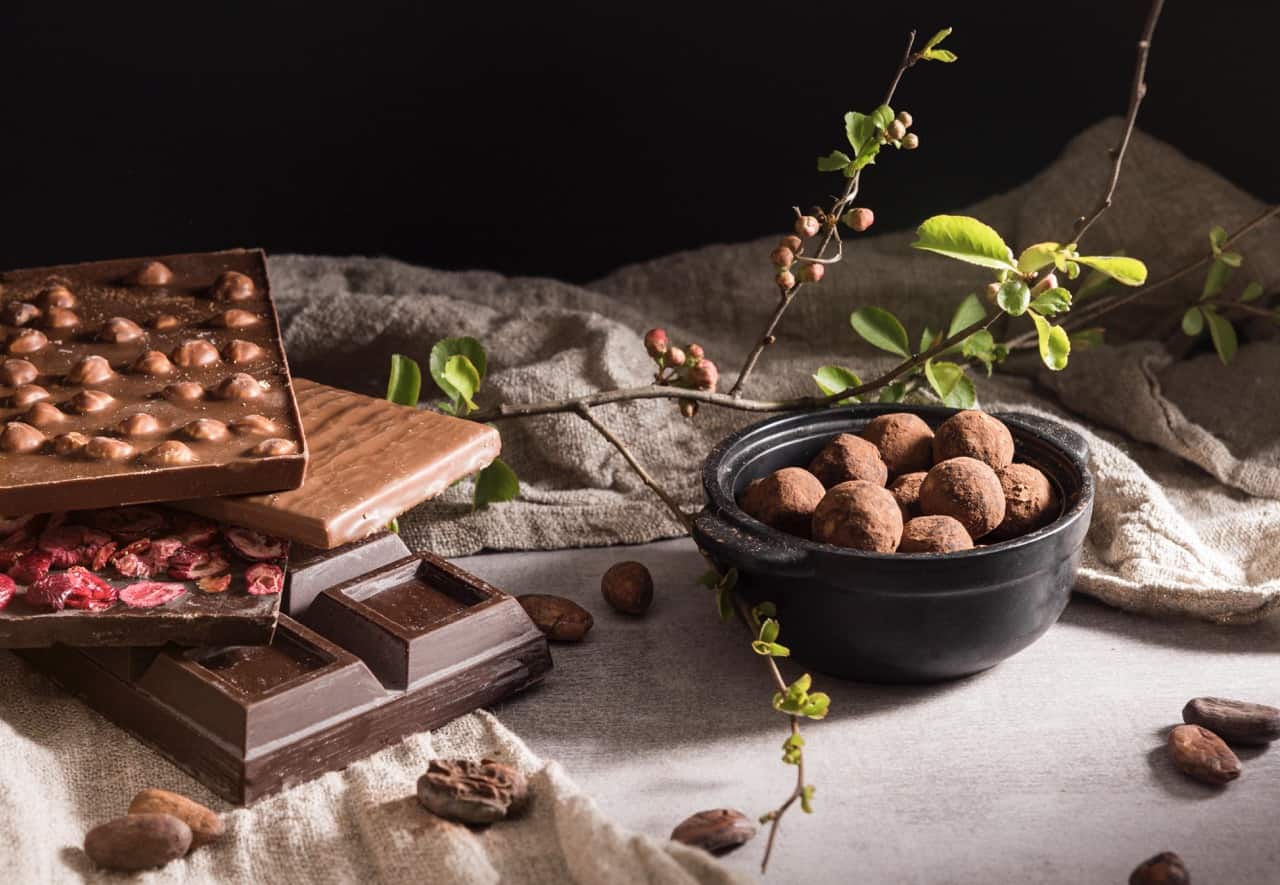Dive into our enlightening blog post as we unravel the myriad factors shaping the price tag of a delectable mushroom chocolate bar. If you’re a fan of unique and indulgent treats, you’ve likely heard of the growing trend of mushroom-infused chocolate bars. Blending seamlessly, these delectable creations fuse the velvety richness of chocolate with the intricate flavors and potential benefits inherent in various mushroom varieties.
However, as with any specialty food item, the cost of mushroom chocolate bars can vary greatly depending on multiple factors. This post will dive deep into the fundamental components shaping the pricing of these delectable treats, offering you an enhanced grasp of the factors influencing the cost and the reasons behind its potential variations. Whether you’re a chocolate connoisseur or simply curious about mushroom-infused edibles, read on to uncover the fascinating aspects of pricing these enticing chocolate bars.

Here Are The Factors That Help To Determine The Cost Of Mushroom Chocolate Bar
● Quality of ingredients:
The foundation of any exceptional chocolate bar lies in the quality of its ingredients, and mushroom chocolate bars are no exception. The type and quality of chocolate used, the specific variety of mushrooms incorporated, and other supplementary ingredients significantly influence the overall cost. High-quality, ethically sourced chocolate and premium-grade mushrooms will likely contribute to a more expensive end product.
● Mushroom variety:
Not all mushrooms are created equal, and the choice of mushroom variety can significantly impact the cost of production. Certain mushrooms, such as Reishi, Chaga, Lion’s Mane, and Cordyceps, are prized for their potential benefits and unique flavors. These mushrooms are often more expensive to cultivate and source, reflected in the final cost of the mushroom chocolate bars.
● Mushroom sourcing and cultivation:
Cultivating mushrooms can vary in complexity, time, and resources required. Mushrooms like Chaga and Cordyceps may demand specific growing conditions and careful cultivation, contributing to higher production costs. Additionally, ethically and sustainably sourced mushrooms may come at a premium, aligning with the growing consumer preference for environmentally conscious and socially responsible products.
● Chocolate quality and origin:
The quality and origin of the chocolate used in mushroom chocolate bars are pivotal factors in determining the final product’s taste and cost. Fine chocolate sourced from renowned cocoa-producing regions, such as Madagascar or Ecuador, is often more expensive. Artisanal chocolate makers who prioritize quality, fair trade practices, and sustainable sourcing may charge a premium for their chocolate, influencing the overall cost of the mushroom chocolate bar.
● Production methods:
The production process significantly contributes to the cost of mushroom chocolate bars. Artisanal and small-batch production methods often involve handcrafting and meticulous attention to detail and can be more time-consuming and resource-intensive. Automated mass production, on the other hand, may reduce costs but compromise the final product’s quality and uniqueness. The chosen production method will impact the overall cost and determine whether the chocolate bars fall into the premium or more affordable price range.
● Packaging and presentation:
The aesthetic appeal and quality of packaging also contribute to the cost of mushroom chocolate bars. High-end packaging materials, intricate designs, and eco-friendly considerations all play a role in determining the overall cost of the product. Consumers are often willing to pay a premium for well-designed packaging that reflects the quality and uniqueness of the chocolate bars.
● Brand reputation and positioning:
Mushroom chocolate bars from well-established brands like Good Friday Wellness — known for their commitment to quality and innovation — hold the power to demand premium prices.
Consumers often associate higher prices with superior quality, and a brand’s positioning in the market can influence perceived value. New entrants or lesser-known brands may offer more competitive pricing to gain market share but may need help matching established brands’ perceived value.
Conclusion:
In conclusion, the cost of mushroom chocolate bars is intricately tied to various factors, including the quality of ingredients, mushroom variety, sourcing methods, chocolate quality, production processes, packaging, brand reputation, and marketing efforts. A dynamic pricing landscape for these indulgent treats emerges from the interplay of these elements. As consumer preferences evolve and the market continues to expand, understanding these determinants provides valuable insights into the pricing dynamics of mushroom chocolate bars, catering to a diverse audience seeking culinary delight and potential benefits.